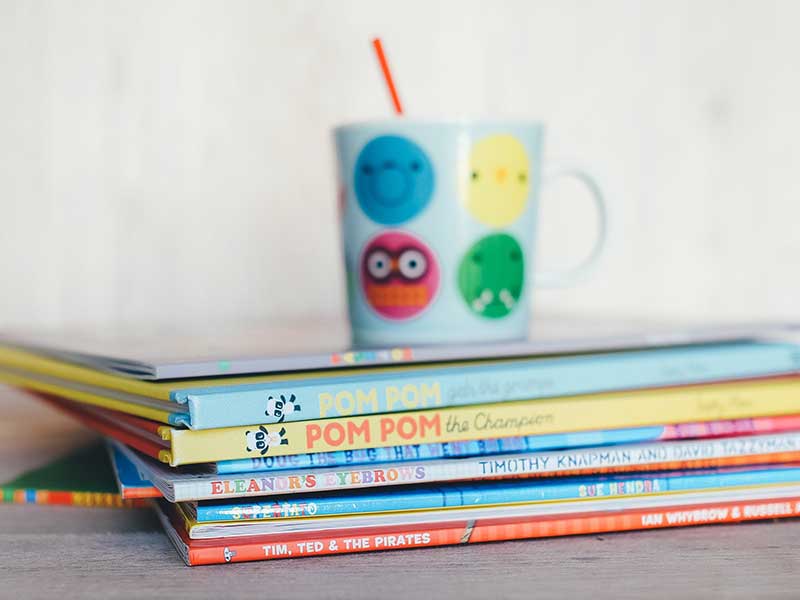How old is too old for Harry Potter?
When Are You Too Old to Read Harry Potter?
The first Harry Potter book was published in 1997, launching a literary phenomenon that captured the imagination of readers worldwide. JK Rowlings’ stories of witchcraft and wizardry were revelations for young readers, who eagerly awaited each new instalment.
All of this is wonderful for readers who were born in the late ‘80s or later and grew up with Harry and his friends, but what about those who had already reached adulthood when the first in the series was released?
I fall firmly into the category of readers who reached the books’ target ages of between nine and 12 years when Harry Potter was just a twinkle in JK Rowlings’ eye. And so, as I approach my late 30s I wonder, is too late for me to delve Harry Potter’s fantasy world?
A quick survey of my friends who had read the books revealed that this might not be the case. They cited the universal themes of belonging, friendship, good versus evil and the coming of age and as being relevant to all readers, regardless of age.
In Psychology Today, Social Psychology Professor Douglas Kenrick attributed the series’ popularity across age groups to our biological drive to solve mysteries.
“Our ancestors needed to be attentive to friendship and betrayal, to who might be plotting to win power, to who might be potential lovers or potential interlopers, and to how their close relatives were doing. Different modules in our brains absorb those different kinds of information and Harry Potter feeds those modules,” Kenrick said.
Bloomsbury Publishing acknowledged the appeal of Harry Potter for older audiences by issuing an adult paperback cover in 1998, after it was found that commuters were covertly reading the brightly-coloured books behind their newspapers on the train.
Harry Potter books are not the only fiction that blurs the line between young adult and adult literature. Literature is increasingly straddling age categories, with just some novels that appeal to the young and old(er) including the award-winning Nevermoor, The Curious Incident of the Dog in the Night-time, All the Bright Places, the bestselling novels by John Green and Philip Pullman’s His Dark Materials trilogy.
After the third book in his trilogy won the prestigious Whitbread Prize, according to the BBC, Pullman told reporters his readers did not fall into any particular categories.
“The point about it is that it’s inclusive. It doesn’t shut anyone out. It doesn’t say this story’s only for girls or only for boys or only for women or anyone else. The story’s the important thing.”
The phenomenon of adults enjoying stories initially aimed at young readers or audiences is not new. The Catcher in the Rye, The Outsiders, Little Women, Lord of the Flies and To Kill a Mockingbird are all classic novels for younger readers that are just as engaging, entertaining and enlightening for adults.
And, in the blurring of age barriers, it’s not just books that are bridging the gap between audiences, but also the authors themselves who are expanding their focuses. JK Rowling herself has written the highly successful The Casual Vacancy, marketed for adults, while in 2014, John Marsden, the author of the middle-years Tomorrow, When the War Began series wrote his first adult fiction, South of Darkness. Acclaimed Australian writer Elliot Pearlman, whose books Three Dollars and Seven Types of Ambiguity were shortlisted for the Miles Franklin Literary Award, has made a recent foray into children’s publishing with The Adventures of Catvinkle.
Perhaps readers should follow the lead of movie and theatre audiences, where there is no question of whether adults would be interested in ‘children’s’ stories; Green’s The Fault in Our Stars appealed to all ages, movies or exhibitions based on Alice’s Adventures in Wonderland certainly don’t have primarily youthful audiences, especially when Johnny Depp is involved, and The Curious Incident of the Dog in the Night-time was a sell out for the Melbourne Theatre Company earlier this year.
It would be a shame for age to be a factor in causing adults to miss out on the benefits of any books, whether young children’s, older children’s or young adults’ fiction. Since becoming a parent, I have been touched, moved and entertained even by picture books.
Dr Seuss’s Oh, The Places You’ll Go is profound and beautiful, while The Giving Tree is a poignant reflection on life and the passage of time. Roald Dahl continues to make me laugh, and more recently, David Walliams’ children’s books have a similarly irreverent style that appeals to adults and children alike. I have enjoyed the humour of Andy Griffiths and Terry Denton’s Treehouse series and the comfort and nostalgia of Enid Blyton’s Faraway Tree series.
Essentially, you are never really too old to read Harry Potter, or any other books. And so, I will proudly carry my brightly-coloured copy of Harry Potter and the Philosopher’s Stone, on my daily complete, and look forward to discussing it with my friends, and later, my own children. Which begs the question, how young is too young for Harry Potter?




